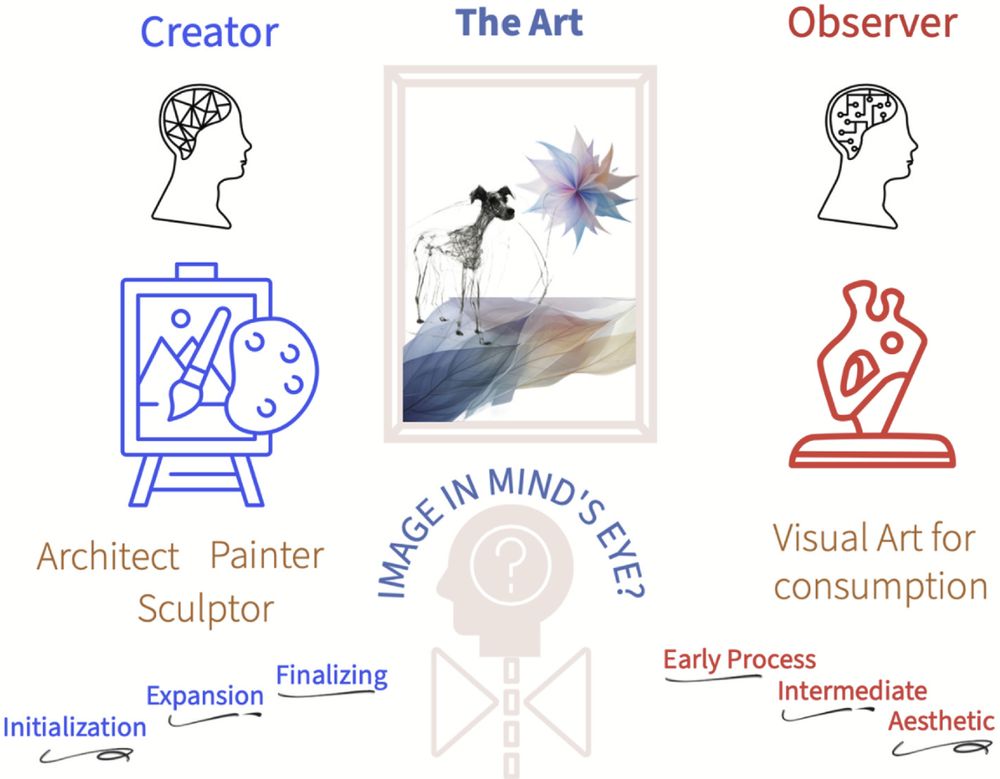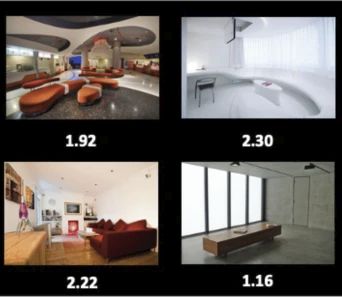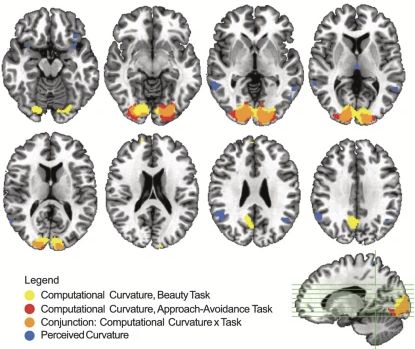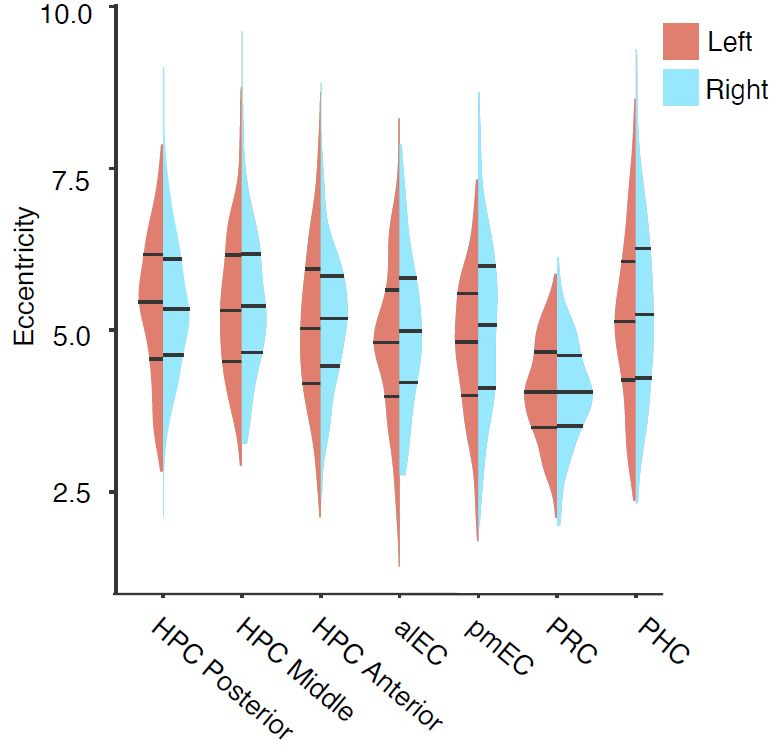
bwlab.org
We answer this question in a new review paper. The paper started as a final project in an undergraduate seminar on neuroaesthetics in 2023. I am so proud of the students and their hard work!
cjur.ca/wp-content/u...
@uoftpsychology.bsky.social

We answer this question in a new review paper. The paper started as a final project in an undergraduate seminar on neuroaesthetics in 2023. I am so proud of the students and their hard work!
cjur.ca/wp-content/u...
@uoftpsychology.bsky.social
rdcu.be/elPgO
@drmack.bsky.social
@macklab.bsky.social
@uoftpsychology.bsky.social

rdcu.be/elPgO
@drmack.bsky.social
@macklab.bsky.social
@uoftpsychology.bsky.social
New paper with Oshin Vartanian, Delaram Farzanfar and Pablo Tinio in Neuropsychologia.
doi.org/10.1016/j.ne...
@uoftpsychology.bsky.social
@uoft.bsky.social

New paper with Oshin Vartanian, Delaram Farzanfar and Pablo Tinio in Neuropsychologia.
doi.org/10.1016/j.ne...
@uoftpsychology.bsky.social
@uoft.bsky.social
Registration is free but required.
sites.google.com/view/tasc2025/
Please join us for a day of nerding out over empirical aesthetics!
@uoftpsychology.bsky.social @uoft.bsky.social

Registration is free but required.
sites.google.com/view/tasc2025/
Please join us for a day of nerding out over empirical aesthetics!
@uoftpsychology.bsky.social @uoft.bsky.social

Yes!
We find strong evidence in silico and human observers!
osf.io/preprints/ps...
With Yikai Tang and Wil Cunningham.
@uoftpsychology.bsky.social

Yes!
We find strong evidence in silico and human observers!
osf.io/preprints/ps...
With Yikai Tang and Wil Cunningham.
@uoftpsychology.bsky.social
Where and how is curvature represented in the brain?
With indoor architecture we found a neural dissociation between subjective curvature and computational curvature.
www.nature.com/articles/s41...


Where and how is curvature represented in the brain?
With indoor architecture we found a neural dissociation between subjective curvature and computational curvature.
www.nature.com/articles/s41...
I explored this questions with students from a seminar class on Neuroaesthics.
Our insights just got published in Neuroscience and Behavioral Reviews.
authors.elsevier.com/a/1jlNnY3M3i...
I'm proud of the great work by the students!

I explored this questions with students from a seminar class on Neuroaesthics.
Our insights just got published in Neuroscience and Behavioral Reviews.
authors.elsevier.com/a/1jlNnY3M3i...
I'm proud of the great work by the students!

www.bwlab.org/postdoc-posi...
Please repost.



www.bwlab.org/postdoc-posi...
Please repost.
jobs.utoronto.ca/job/Toronto-...
Please repost.

jobs.utoronto.ca/job/Toronto-...
Please repost.
doi.org/10.1093/cerc...


doi.org/10.1093/cerc...
www.artsci.utoronto.ca/news/researc...
Link to the paper:
doi.org/10.3389/fcom...

www.artsci.utoronto.ca/news/researc...
Link to the paper:
doi.org/10.3389/fcom...
When we augment the input into the CNN with shape-based symmetry scores, categorization improves significantly. Shape features help with categorization but are not computed by the CNN.
Is this discrepancy due to CNN architecture or the training regime? We don’t know yet.

When we augment the input into the CNN with shape-based symmetry scores, categorization improves significantly. Shape features help with categorization but are not computed by the CNN.
Is this discrepancy due to CNN architecture or the training regime? We don’t know yet.
Human subjects categorize scenes more accurately with the most than the least symmetric half-drawings. So does VGG16.

Human subjects categorize scenes more accurately with the most than the least symmetric half-drawings. So does VGG16.
We developed algorithms to measure the amount of local parallelism, mirror symmetry, taper symmetry, and contour separation in drawings of scenes from the medial axis transform. We then separate the contours into the most and the least symmetric halves.
The code is available: mlvtoolbox.org

We developed algorithms to measure the amount of local parallelism, mirror symmetry, taper symmetry, and contour separation in drawings of scenes from the medial axis transform. We then separate the contours into the most and the least symmetric halves.
The code is available: mlvtoolbox.org
Morteza Rezanejad's magnus opus finally out in IEEE PAMI. doi.org/10.1109/TPAM...
A super productive and fun collaboration with John Wilder, Allan D. Jepson, Sven Dickinson, and Kaleem Siddiqi.
Read on for a quick summary.

Morteza Rezanejad's magnus opus finally out in IEEE PAMI. doi.org/10.1109/TPAM...
A super productive and fun collaboration with John Wilder, Allan D. Jepson, Sven Dickinson, and Kaleem Siddiqi.
Read on for a quick summary.

doi.org/10.1093/cerc...


doi.org/10.1093/cerc...
psycnet.apa.org/record/2024-...
PDF on our website:
www.bwlab.org/publications

psycnet.apa.org/record/2024-...
PDF on our website:
www.bwlab.org/publications
Spoiler alert, T junctions are really important!
rdcu.be/dp2x5

Spoiler alert, T junctions are really important!
rdcu.be/dp2x5
the U of T student newspaper The Varsity.
Here is the story:
thevarsity.ca/2023/10/15/t...

the U of T student newspaper The Varsity.
Here is the story:
thevarsity.ca/2023/10/15/t...

